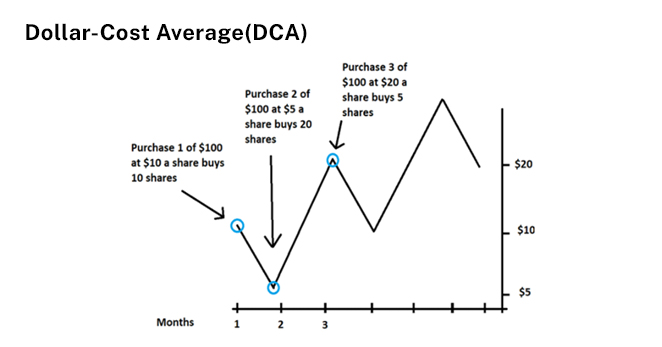
Market volatility is a stress test both for portfolios and investor psychology. Fear spikes, instincts flare, and before you know it, you’re making decisions your future self might regret. You’ll feel the urge to act unusual in a turbulent market. But those actions could do more harm than good.
Let’s break down five common investing mistakes that often surface during market upheavals and explore innovative ways to face the chaos with confidence.
Panic Selling:

The investors may rush for sudden exits when markets plunge. The logic behind this seems simple ” Reduce my losses before the market gets worse”. According to the market analysis by experts, this kind of panic is selling cement losses instead of preventing them.
Why it’s risky: Selling during an economic downturn often leads to exiting at a low point, just before a potential recovery. Historically, markets have rewarded patience and have penalized short-term emotional decisions.
What to do instead: Has the long-term story changed? Think about this before you make any move. If your research still holds, it might be a time to hold or even accumulate high-quality assets at a discount.
Market Timing:

Many investors try to outsmart volatility by timing their entries and exits. However, accurately calling the top or bottom is nearly impossible.
Why it’s risky: Missing just a handful of the market’s best rebound days can dramatically reduce long-term returns. Missing the top 10 days in global equity markets over the last 2 decades would have reduced returns by more than half.
What to do instead: The best thing to do in such a scenario is to reduce the emotional weightage of every entry point and smooth out the ride over time. Adopt dollar cost averaging and invest a fixed amount at regular intervals.
Fleeing to Safety (Too Much Safety)

When fear is in play, capital often takes refuge in safe havens such as cash, gold, or ultra-low-yield bonds. While risk control is smart, excessive caution can cause missed opportunities during recovery.
Why it’s risky: Don’t get too comfortable sitting on the sidelines because it means you are missing the early stages of a bull run. It often begins when fear is still prevalent.
What to do instead: Think diversification, not desertion. Allocate a portion to defensive sectors like utilities, consumer staples, or dividend aristocrats—this approach cushions volatility without pulling out of the game.
Abandoning the Plan Mid-Storm

The investors seem to feel confident when markets are calm. Turbulence can often challenge that resolve. Suddenly, what once seemed like a solid plan may feel inadequate.
Why it’s risky: Reacting impulsively during volatility can lead to chasing trends, overtrading, or misjudging risk. A mid-storm strategy change is like repairing your ship in the middle of a hurricane.
What to do instead: First of all “Trust your plan” especially if it’s based on realistic goals and risk tolerance. If you need to rebalance, rely on that framework instead of instinct.
Overtrading

In high-volatility environments, doing something feels better than doing nothing. But constant trading in response to every dip or news headline can become costly.
Why it’s risky: Overtrading increases transaction costs, creates taxable events, and often leads to whipsaw decisions that underperform a steady, long-term approach.
What to do instead: Give importance to conviction! Focus on a few high-quality ideas and long-term trends. Often, the best action is inaction.
What Can Investors Do Right Now?

Volatility can be unsettling, but it’s also an opportunity for discipline, clarity, and building long-term wealth. Here’s how to keep your edge:
Build a Watchlist of High-Quality ETFs
Volatility creates openings to enter strong positions at favorable prices.
Practice Dollar-Cost Averaging (DCA)
Spread out your investments with a recurring schedule. It takes emotion out of the equation and builds positions methodically.
Rebalance When Allocations Drift
Set alerts to rebalance your portfolio when positions deviate from your target by more than ±5%.
Stay Informed Without Getting Overwhelmed
Rely on expert guidance, market updates, and statistics. This reduces noise and helps you stay focused on data-driven decisions.
Write Down Your Investing Plan
Create a journal to keep track of your goals and accomplishments.
Volatility Is Inevitable

Markets may get wild, but the key lies in staying grounded, informed, and focused on your long-term goals.
Want more insights?
Join VT Market’s expert-led sessions and analysis for timely answers on whether to sell, what to watch for in a rebound, and how to position for the next cycle.
Uncertain times are a part of the journey, but mistakes don’t have to be!







